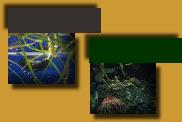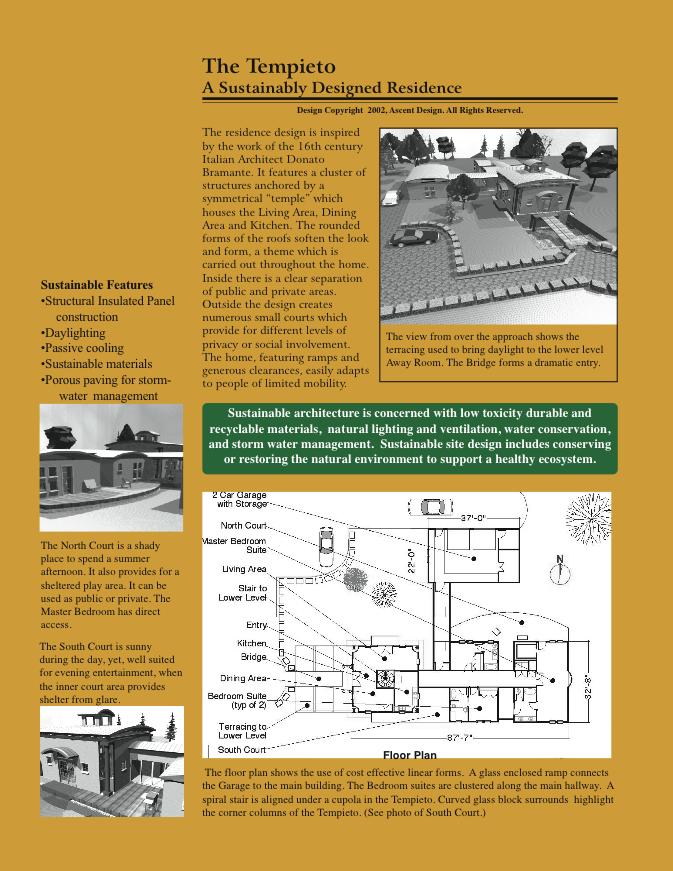 |
||||||||||
 |
||

Process



YOU ARE HERE
We use two different design processes to produce our designs. The first is the traditional process which has functional requirement programing as a separate billed service. It then proceed to the independent development of two or three preliminary design concepts which are presented to the client for review. After client selection one concept is developed more fully.
Our second process, which we currently favor, is to hold a design charrette. In this process a substantial amount of information collection is done before the charrette. Information is gathered by the client and by consulting engineers under the direction of the architect.The charrette then becomes a two or three day continuous work session where the culture and values of the client are explored along with ways to represent that value. Collected information is reviewed by the group. Design occurs as a group process with interactive discussions about the meaning and value and feasibility of the results. Ideally consulting structural, mechanical and electrical engineers and the contractor are included so that the design is workable upon approval and will not require substantial revisions to accommodate engineering or construction needs. It allows for a more efficient design process and lower cost for both design and construction overall. It shortens the overall design process while improving qualitative aspects of the design. It is also in accordance with the AIA’s recommended Integrated Design Process.

